
In The Fountainhead, the 1949 film of Ayn Rand’s book, Gary Cooper plays Howard Roark, a visionary architect who would rather starve then compromise. He blows up a social housing project after meddlesome bureaucrats spoil his design, and is eventually rewarded by designing the tallest building in the world. It is hilarious/preposterous stuff, but also scary, given that Rand’s demented philosophy of individualism is a major inspiration for the Romney/Ryan presidential ticket Photograph: Moviestore Collection/Rex Features

Otto Silenus, in Evelyn Waugh’s Decline and Fall, is a modernist fanatic. “The problem of architecture,” he says, “is the elimination of the human element from the consideration of form… I do not think it is possible for domestic architecture to be beautiful, but I am doing my best.” That his name has echoes of Walter Gropius is not a coincidence. He is a brilliant creation – even though he encouraged decades of prejudice against modern architecture Photograph: Public Domain
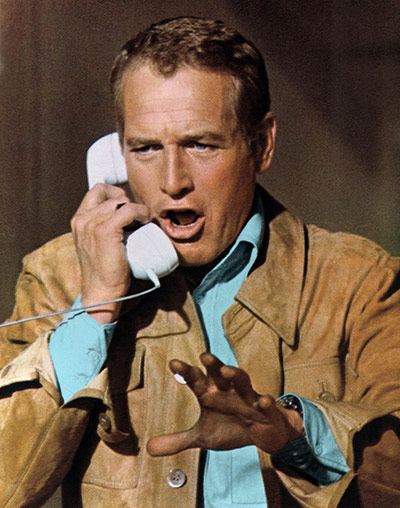
You might think that, in a film about a disastrous fire in a tower block, the architect might be the villain. But not in The Towering Inferno (1974), in which Paul Newman discovers that a substandard electrical system has been installed in the skyscraper he has designed in order to save the developer money. He also rescues two children, performs lifesaving magic on the scenic elevator and a few other miracles. Newman’s Doug Roberts is one of the few hero-architects in cinematic history Photograph: Sportsphoto/Allstar
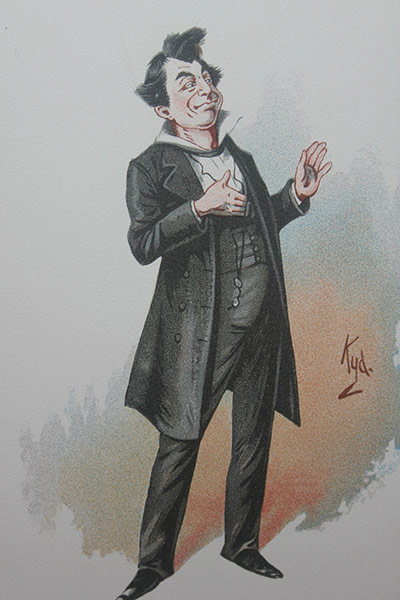
Seth Pecksniff, in Dickens’s Martin Chuzzlewit, was created when the architectural profession in Britain was defining itself. He is a sanctimonious hypocrite who charges students tuition fees, then passes off their work as his own, though believes himself to be a highly moral being. “Some people likened him to a direction-post,” said Dickens, “which is always telling the way to a place, and never goes there.” Sadly, such qualities have been found in some architects since Dickens’s time Photograph: Public Domain
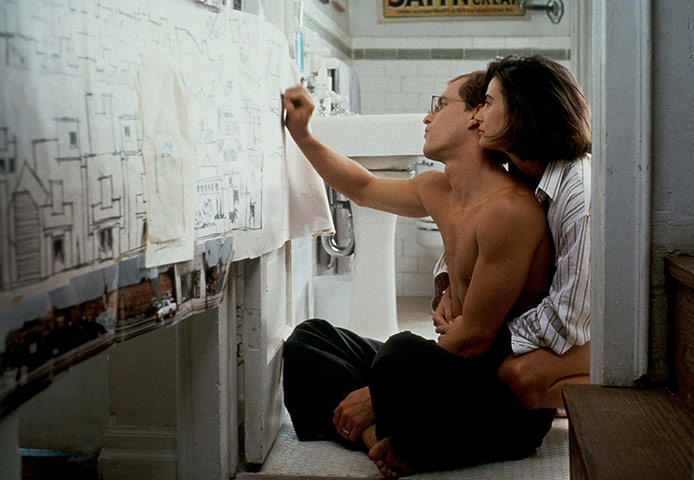
Woody Harrelson’s character in Indecent Proposal is a hybrid of the visionary starving for his art and a sensitive romantic. His desperation for money to finance his great project leads his wife, Demi Moore, to accept Robert Redford’s proposal to spend a night with him for a million dollars. A toe-curling moment – intended to show the depths of his soul – comes when Harrelson tells his students: “A brick wants to be something … something better than it is. That is what we must do.” Photograph: Sportsphoto/Allstar
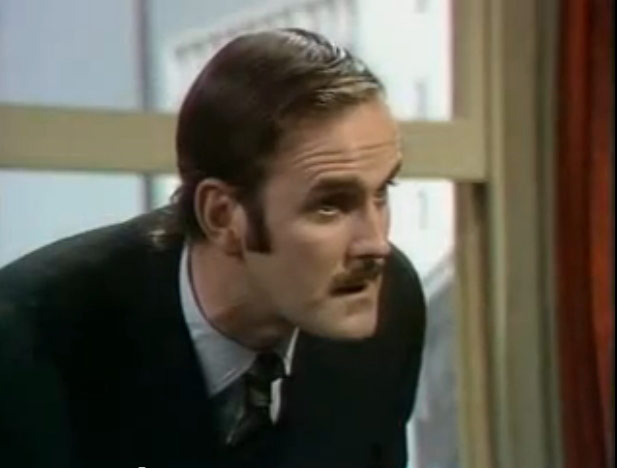
John Cleese, as Mr Wiggin, offers his potential clients a housing tower block with rotating knives in the foyer and chutes for draining blood. “That’s just the sort of blinkered philistine pig ignorance I’ve come to expect from you uncreative garbage,” he rants when his idea is rejected, before pleading to be allowed to join the Freemasons. His rival for the job presents a model that disintegrates and bursts into flames during the presentation, but he wins the commission. Masonic handshakes are then exchanged all round Photograph: Public Domain
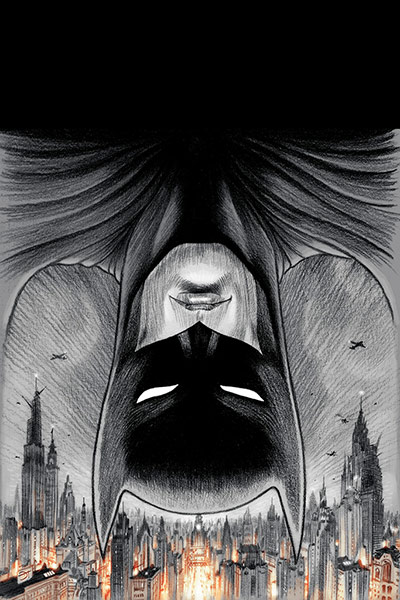
“He may be an insufferable, affected, narcissistic creep but he’s also a genius.” So says Batman of Kem Roomhaus, the Dutch exponent of “mini-maximalism”. In Death By Design, a new comic book about the winged hero, Roomhaus is designing a replacement for the magnificent Wayne Central Station which will take the form of a whale’s ribcage. He also creates “the world’s most glamorous nightclub”. As an encapsulation of architectural posturing and puffery it’s brilliant, though the real-life Rem Koolhaas might feel hard done by Photograph: Public Domain
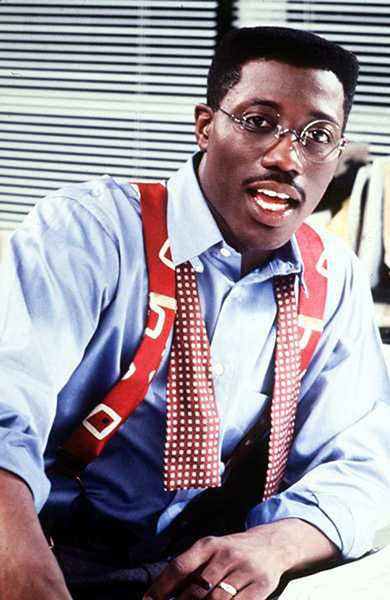
The film business has a taste for identifying male leads as architects to suggest a particular combination of responsibility and sensitivity. Paul Henreid in Now, Voyager and Henry Fonda in 12 Angry Men for example. Wesley Snipes, in Spike Lee’s Jungle Fever, is an African-American architect who falls for his Italian-American secretary, after which various forms of interracial misunderstanding and havoc follow. His being an architect, therefore responsible, sensitive etc, makes his misfortunes the more poignant Photograph: Universal City Studios
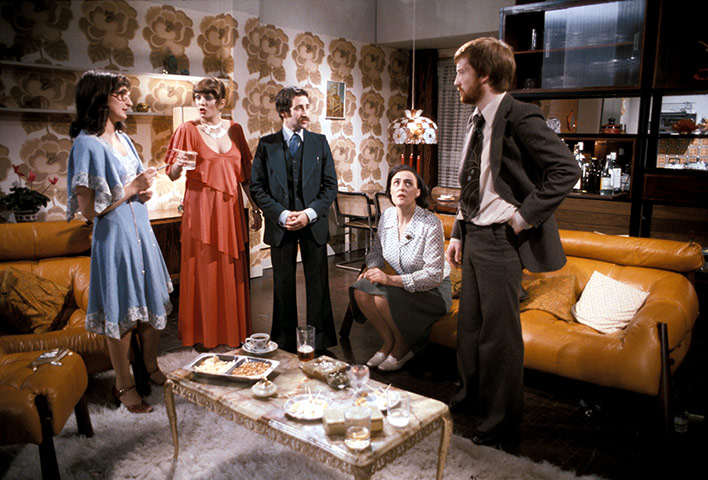
The maritally unreliable architect is an occasional but recurring figure in fiction and film. My favourite is the unseen husband of Sue in Mike Leigh’s TV and stage play Abigail’s Party (1977). He has deserted her and a cloud of anxiety and misery emits from Sue and envelops the other two couples. “That’s a good job,” says Beverly when Sue says that her husband is an architect. “It’s a good job he has a good job,” says Ange, later, in a vain attempt to cheer things up. It is left to your imagination to fill in the features of the absent architect Photograph: PR
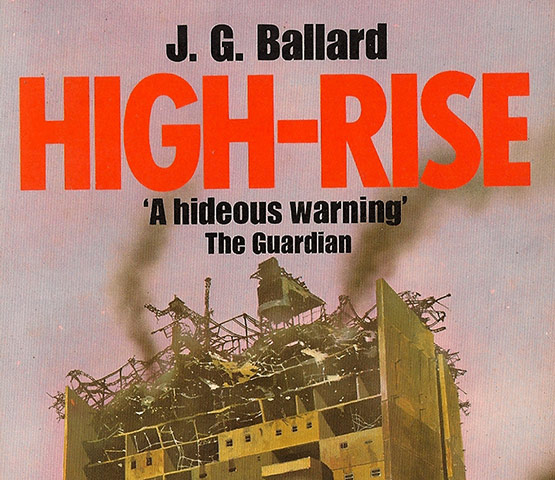
Anthony Royal, in JG Ballard’s High Rise (1975), is the dark obverse of the sensitive nice guys. In his penthouse on top of the luxury block he has designed, he presides with growing satisfaction over the descent of its inhabitants into tribal warfare, rape, murder and cannibalism. Sinisterly clad in a white safari jacket, he is compared both to his white alsatian and to the large gulls that feed on the detritus of the degenerating block. But he is not smart enough to escape his own end, while his dog ends up as a roast dinner for some of the survivors Photograph: Public Domain

